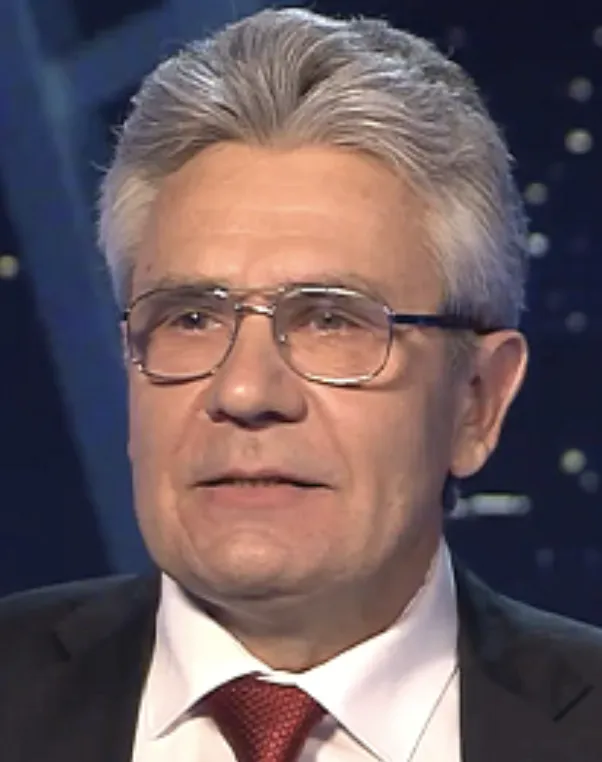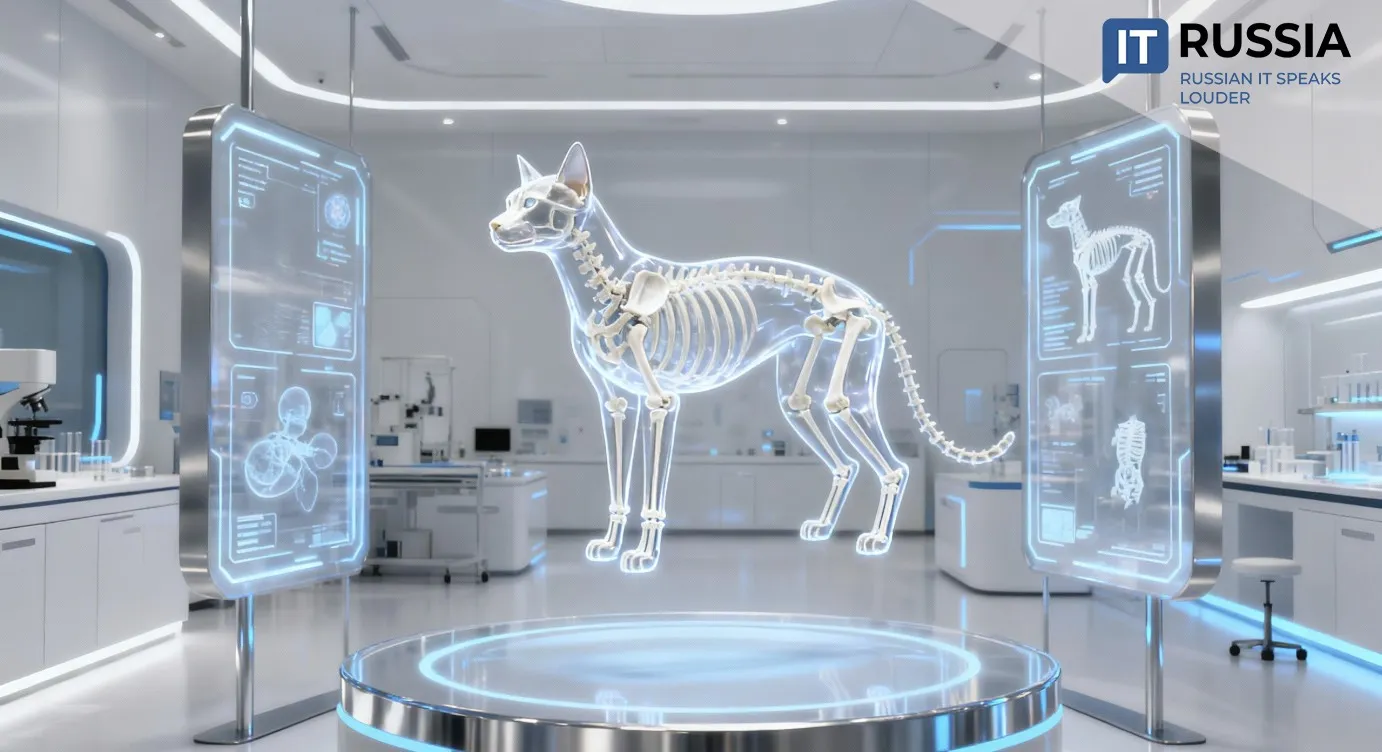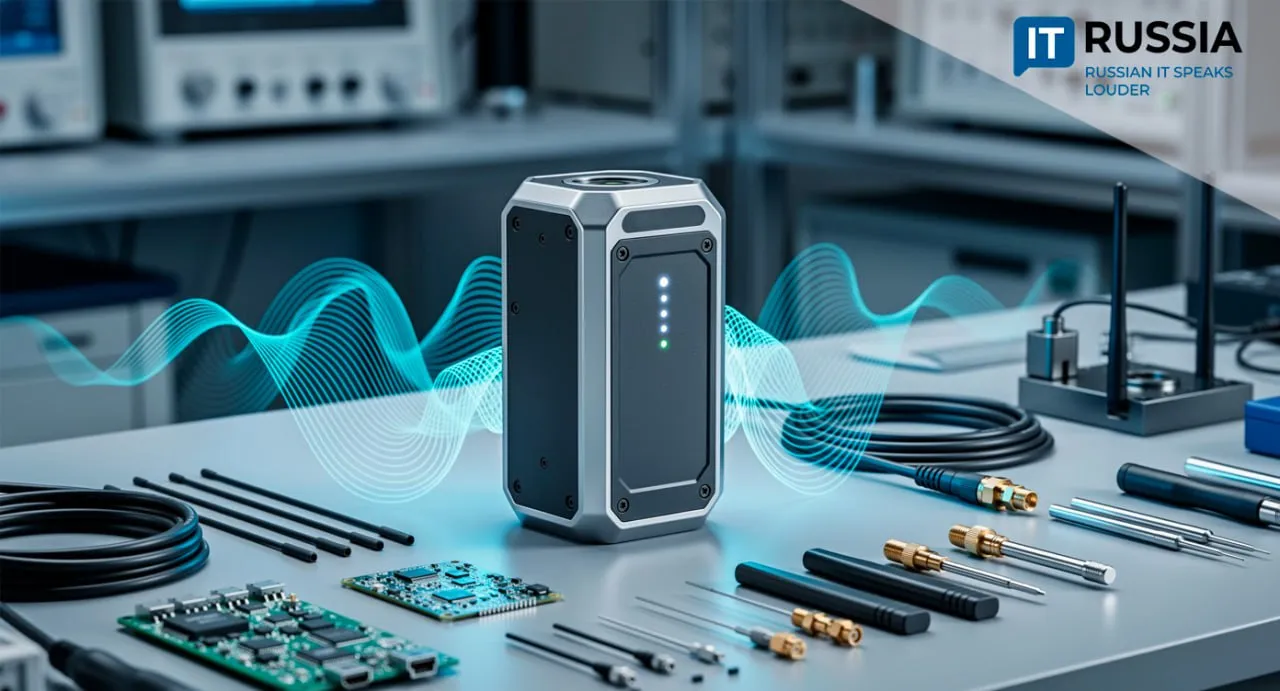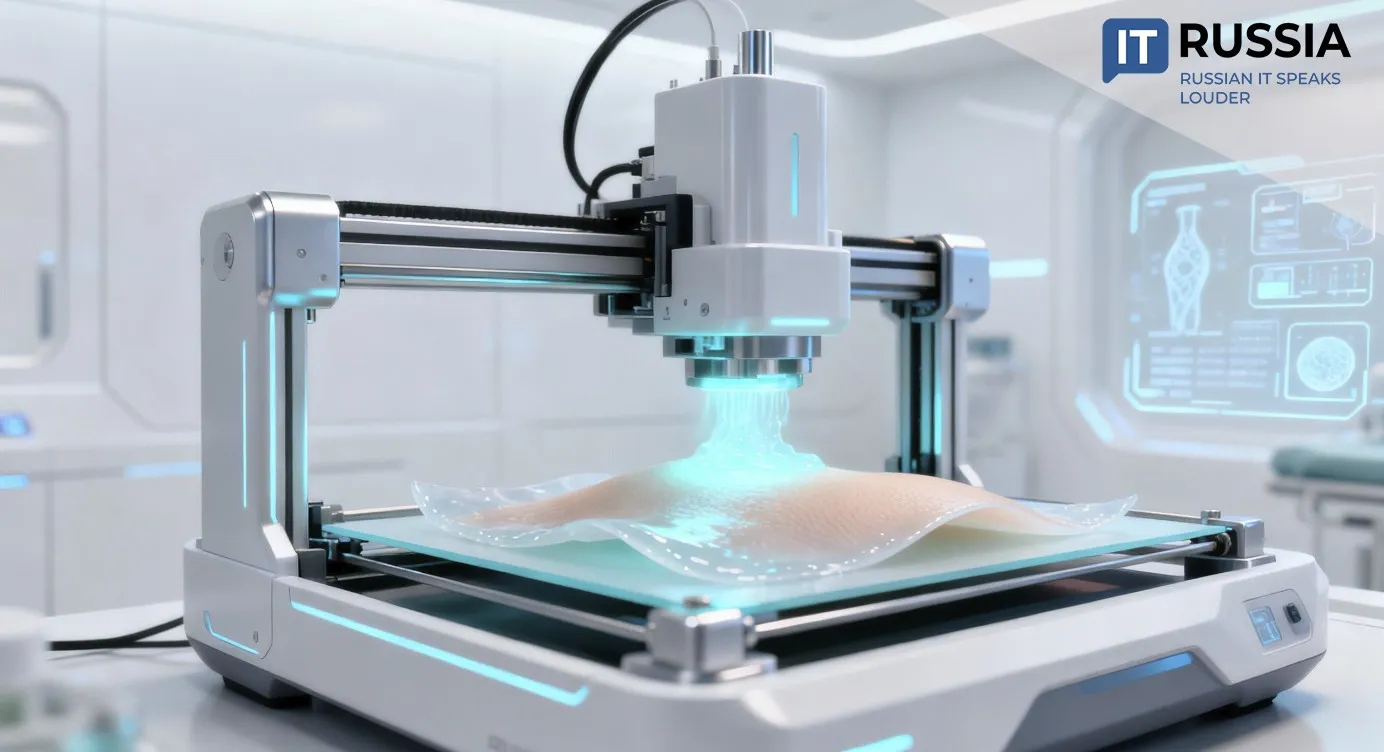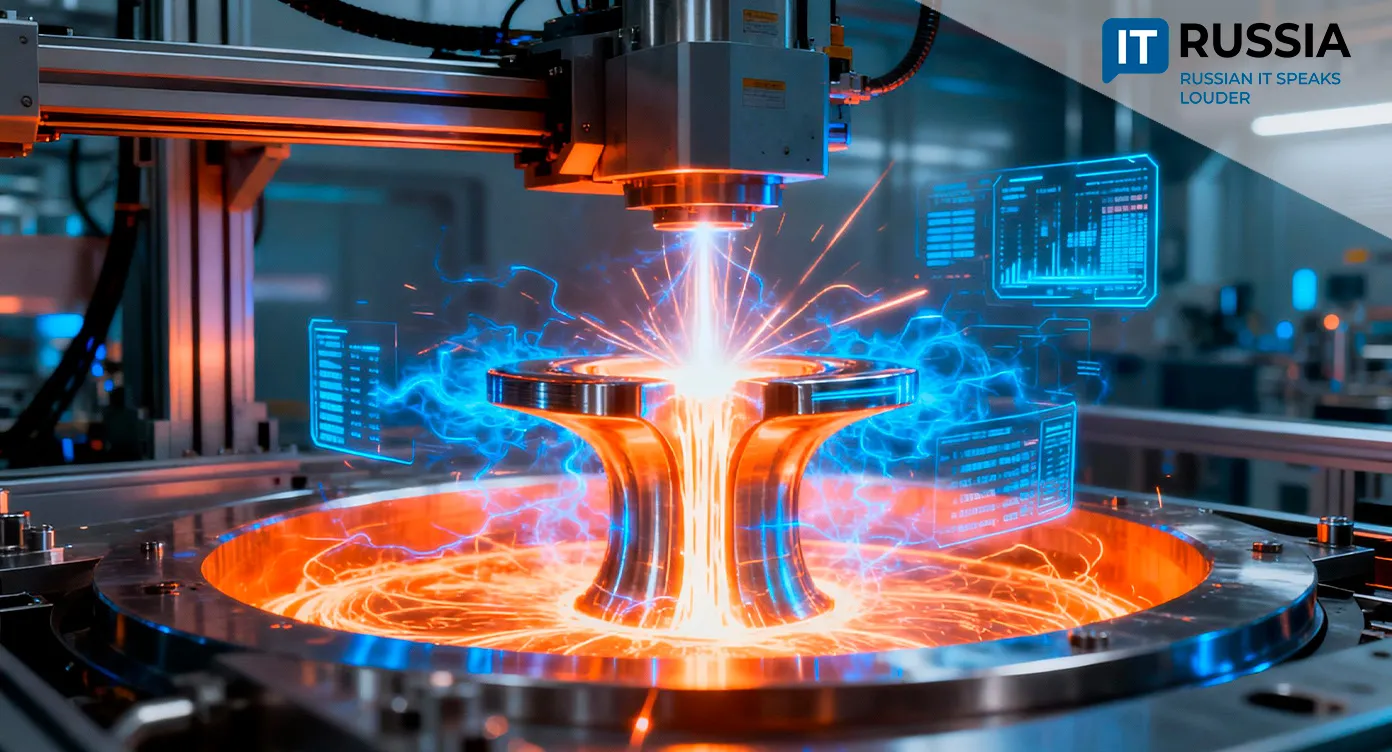A Homegrown Lithography System: Russia’s Path to Technological Independence
Russia has begun developing its own lithography system — the cornerstone technology for producing modern microchips. This marks a critical step toward the country’s technological sovereignty and the revival of its semiconductor industry.
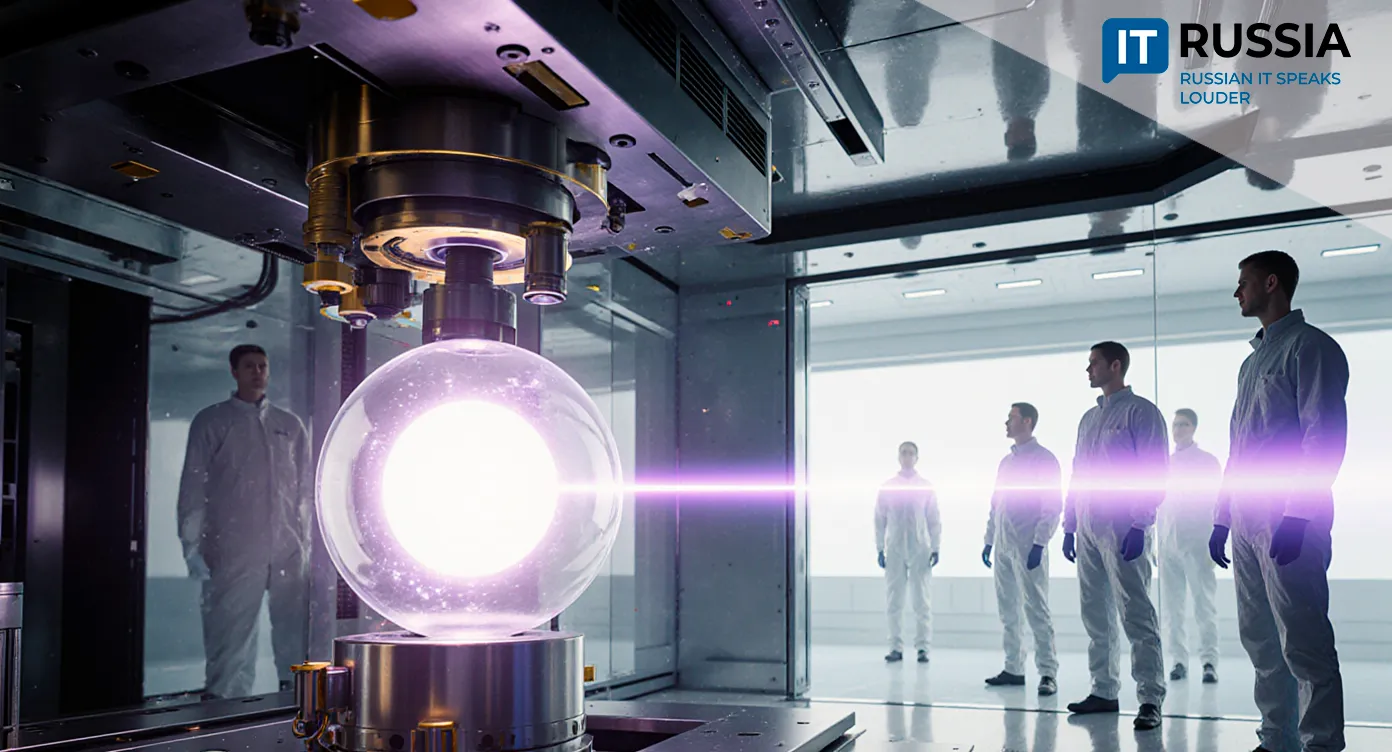
The Heart of Microelectronics
Russia has officially launched the development of its own lithographic equipment — the ‘heart’ of microchip manufacturing. According to Alexander Sergeev, academician and scientific director of the National Center for Physics and Mathematics (NCPM), a technical feasibility study is now underway, alongside partnerships with leading institutions, including the Institute for Physics of Microstructures of the Russian Academy of Sciences, Roscosmos, and Rosatom. The NCPM will play a coordinating role in this ambitious initiative under the supervision of the Ministry of Industry and Trade.
Lithography is not just another machine — it is the central process that makes modern electronics possible. Without it, it is impossible to produce chips for smartphones, supercomputers, or aerospace systems. Today, the global market is dominated by a handful of players — ASML, Nikon, and Canon. Due to sanctions and export restrictions, access to their technology has become severely limited, making a domestic lithography project vital to Russia’s technological independence.

Building the Alpha Prototype
Currently, the project remains in its earliest stage. An initial ‘advance design’ is being developed — essentially a conceptual prototype outlining the technologies and components to be used and the required collaboration among institutions.
The next milestone will be the creation of an ‘alpha machine’ — a functional demonstration prototype designed to test the key operating principles. Unlike laboratory mockups, the alpha prototype will support higher clock speeds and memory capacity comparable to industrial systems, serving as a stepping stone toward a production-grade machine.
The most pressing challenge is the shortage of critical components: high-purity gases, precision optics, ultraviolet light sources, and lithographic masks. Many of these items were previously imported, and their replacement demands not only time but the parallel development of domestic materials science and optical engineering capabilities.
The project’s success will depend on the close coordination between research institutions, industry, and government — minimizing bureaucracy and focusing collective expertise on tangible results.

From Technological Independence to Leadership
Developing a domestic lithography system is a strategic move — not only for ensuring self-sufficiency in semiconductor production but also for safeguarding national security in an increasingly competitive global tech landscape. If successful, the project could lay the foundation for a new era in Russian microelectronics.
Within the next five to seven years, Russia aims to produce lithography systems capable of manufacturing chips with feature sizes between 65 and 28 nanometers — sufficient for most telecommunications, automotive, and aerospace applications. Such progress would sharply reduce reliance on imports while creating new opportunities for technological collaboration with international partners.

If achieved, the project could redefine Russia’s position in global semiconductor production. A domestically designed lithography system would ensure technological resilience, foster cross-sector innovation, and potentially open new export markets for mid-range chip production technologies.


